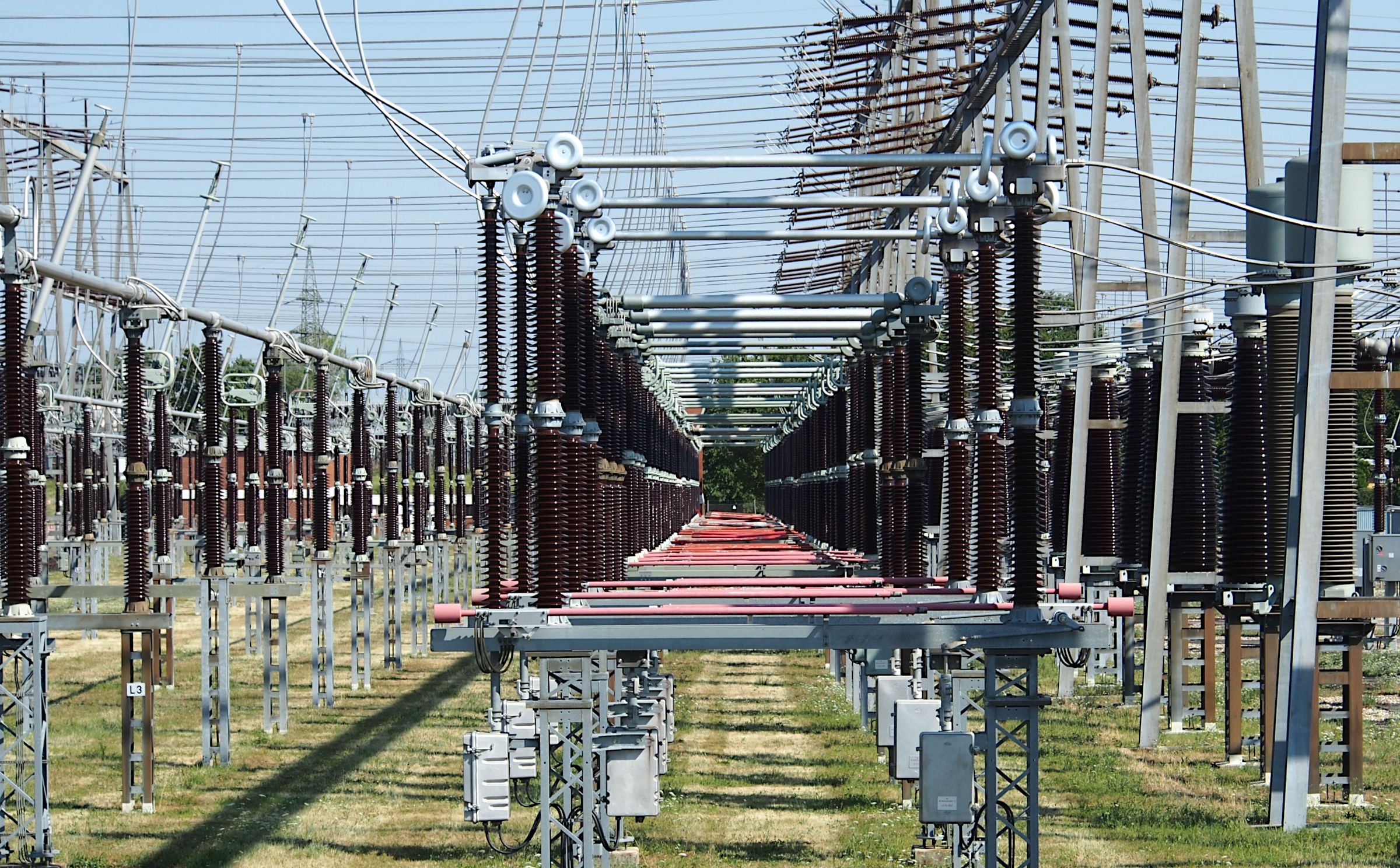COMPARATIVE STUDY OF DIFFERENT ROOF COMBINATIONS IN PAKISTAN HEAT CONDUCTION RATE AND COST ANALYSIS OF DIFFERENT ROOF MATERIALS IN PAKISTAN
Keywords:
COMPARATIVE STUDY OF DIFFERENT ROOF COMBINATIONS, PAKISTAN HEAT CONDUCTION RATE, COST ANALYSIS OF DIFFERENT ROOF MATERIALSAbstract
Building cooling and heating consumes a sizable fraction of the total global energy, therefore, the energy efficient building is a dire need to save a significant amount of electricity consumption. A roof is the element of building which is exposed to solar radiations directly, therefore, dissipation through roofs is higher. In present era, roof is built from reinforced cement concrete (RCC) because of satisfactory mechanical properties of RCC. Although, heat conductivity of RCC is higher which gives rise to transmission of heat through the rooftops composed of RCC, to resist this heat an RCC roof is insulated with Marble and Polyurethanes in Pakistan. In this study, equivalent thermal conductivities, temperature reduction ability, heat transfer rates and overall cost of three roof combinations have been analysed. The hot plate guarded method and Fourier law was employed to determine thermal conductivity of distict roofing materials, and heat transfer rates through roof combinations. The construction cost and energy saving cost of each roof combination were found through market survey and Hourly Analysis Program (HAP). The experimental outcomes proved that the rate of heat conduction declined by 8.1% and 84.2% with combination B (RCC insulated with marble) and C (RCC lined with marble and polyurethane), respectively, in contrast to an RCC roof. The construction expenditure of combinations B and C has been enhanced by 15.7 % and 22.5 %, respectively, additionally, energy saving cost of roof combinations B was 73 PKR and energy saving cost of C was 364 PKR. Finally, the temperature reduction capability of roofs A, B, and C in degree centigrade (°C) were 5.70, 6.58, and 11.94, correspondingly. However, combination C proved to be efficient heat insulation roof. The study was conducted to determine suitable insulation material for an RCC roof and its influence on over all cost and heat dissipation.
















